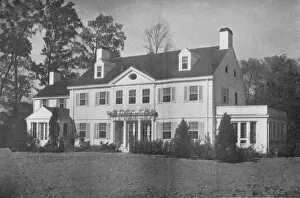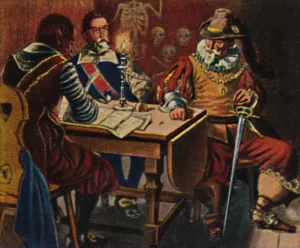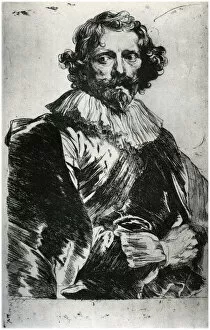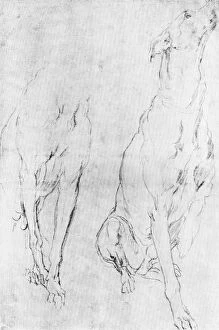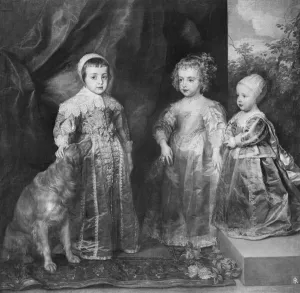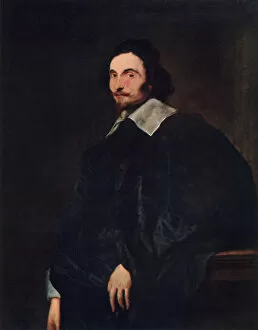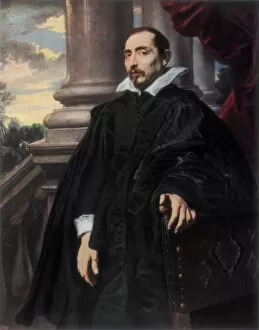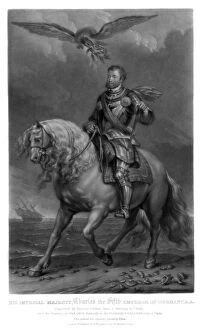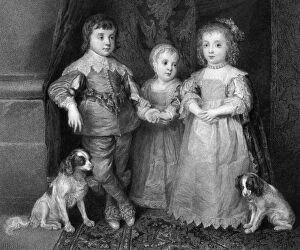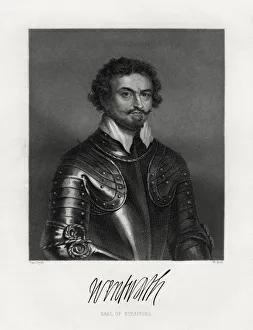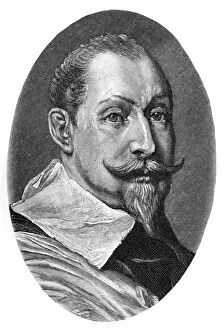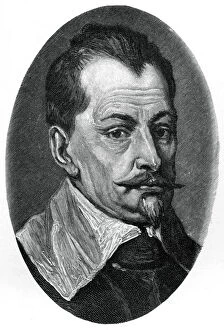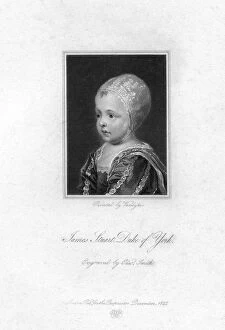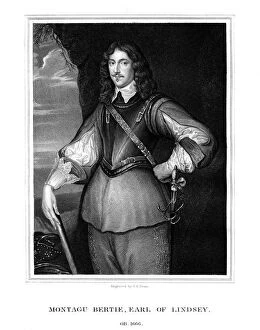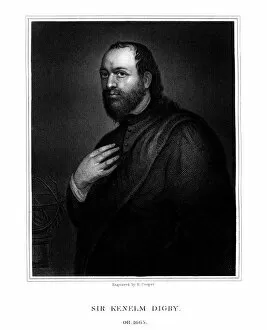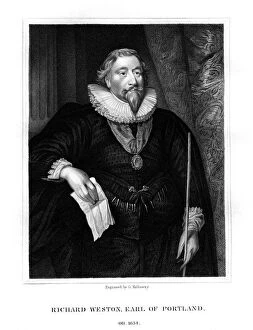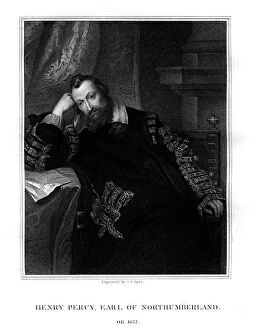Van Dyck Collection (page 6)
"Van Dyck: A Master of Baroque Portraiture and Historical Scenes" Anthony van Dyck, a renowned Flemish Baroque artist
All Professionally Made to Order for Quick Shipping
"Van Dyck: A Master of Baroque Portraiture and Historical Scenes" Anthony van Dyck, a renowned Flemish Baroque artist, left an indelible mark on the art world with his exquisite paintings. His talent for capturing the essence of his subjects is evident in works such as "Queen Henrietta Maria with Sir Jeffrey Hudson, " where he portrays the queen's regal grace alongside her dwarf companion. In "Philip, Lord Wharton, " Van Dyck showcases his ability to convey nobility and power through portraiture. Lord Wharton's commanding presence is brought to life with intricate details and rich colors, showcasing Van Dyck's mastery of technique. The House of Habsburg recognized Van Dyck's artistic prowess, commissioning him for their ceiling painting depicting the "Patronage of the Arts. " This grand piece exemplifies Van Dyck's ability to create elaborate compositions that celebrate history and culture. Not limited to portraits alone, it also delved into religious themes like "Saint Sebastian prepared for Martyrdom. " The intense emotion captured in this oil-on-canvas masterpiece reveals his skill in conveying both physical pain and spiritual strength, not afraid to use art as a means of political commentary either. In an engraving titled "France, thy parliament will cut off thy head too, " he expresses dissent against tyranny during a tumultuous period in European history. As a leading court painter in England, Van Dyck immortalized himself through self-portraits like "Portrait of Anthony van Dyck. " Through these introspective works, we catch glimpses into the artist's own personality and creative spirit. His influence extended beyond self-portraits; followers sought to emulate his style as seen in pieces like "Portrait of a Man" by one such follower. The attention to detail and refined brushwork pay homage to Van Dyck’s legacy.


